P_Texture
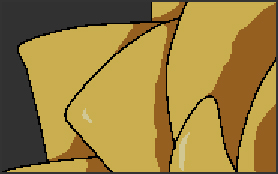 |
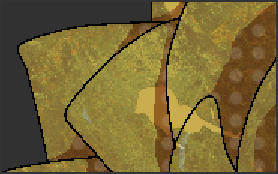 |
| Before | After applying Texture |
This effect applies another layer to the specified color areas.
It can be used as a simple tiling effect by applying it to a plane.
Parameters Reference¶
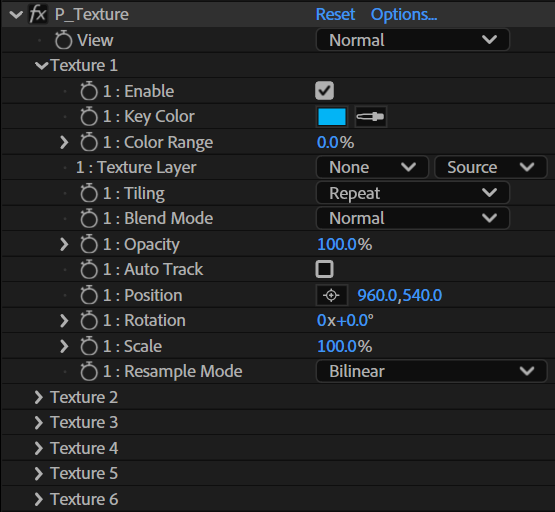
View¶
Select how the effect is displayed.
Normal¶
Show the source image and the effect simultaneously.
Extract¶
Show only the areas where the effect is applied.
Texture 1 - 6¶
Individually show the areas where the effect of Texture 1 - 6 is applied.
Texture 1 - 6¶
Apply the textures by group.
Enable¶
Check the box to enable the associated texture.
Key Color¶
Set the color to be used as the basis for processing.
Color Range¶
Set an extended range for the specified Key Color.
Texture Layer¶
This pull-down menu is used to select the layer to be used as a texture. The layer must be placed in the same composition.
Tiling¶
Select how the layer used for the texture is repeated.
None¶
There is no repetition.
Repeat¶
Cover the area by lining up the layer.
Mirror¶
Cover the area by alternately flipping the layer.
Extend Edge¶
Use the pixels at the edge of the map as the outermost pixels of the layer.
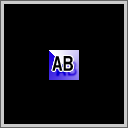 |
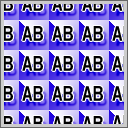 |
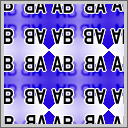 |
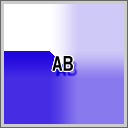 |
| None | Repeat | Mirror | Extend Edge |
Blend Mode¶
Specify how the color is blended.
Opacity¶
Set the opacity of the texture layer.
Auto Track¶
The texture layer automatically tracks with bounding boxes defined by the color areas specified with Key Colors.
When Auto Track is on, the Position can be animated by adding it to the Auto Track position.

Position¶
Set the position of the texture layer.
Rotation¶
Set the rotation of the texture layer.
Scale¶
Set the scaling of the texture layer.
Resample Mode¶
Select the algorithm used to rotate and scale the texture.
Nearest Neighbor¶
Use processing similar to the one used for the "Draft" layer switch in After Effects.
This algorithm has the lightest processing load and is suitable for pixel art that does not require pixel interpolation.
Bilinear¶
Use processing similar to the one used for the "Best" layer switch in After Effects.
The processing load is about 4 times that of Nearest Neighbor.
Bicubic¶
This algorithm produces the smoothest pixel interpolation.
It is suitable for complex materials such as photographs.
The processing load is about 4 times that of Bilinear.